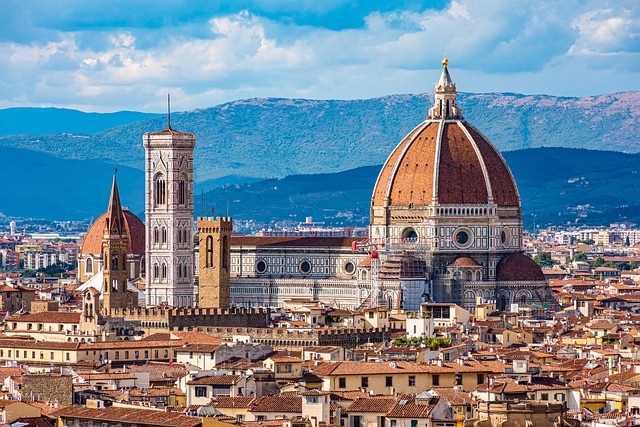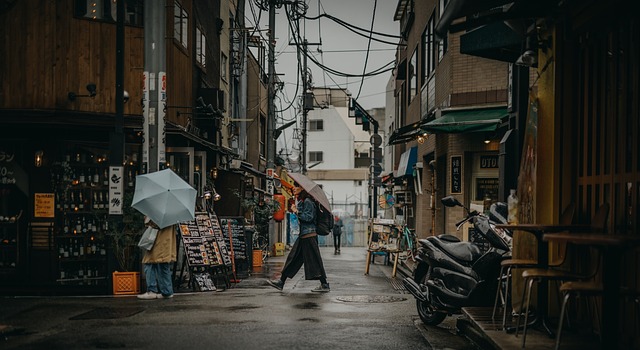Karachi, Pakistan's economic hub, exhibits a stark contrast between opulence and deprivation. As a vibrant metropolis driving finance, trade, and technology, it faces an intense income gap reflected in its diverse urban landscape. The Falaknaz Dynasty's legacy transformed Karachi, leaving an indelible cultural and infrastructural mark. The cost of living is complex, influenced by housing, food, transport, and utilities sectors with varying costs. Karachi's dynamic nature presents challenges like rapid urbanization and service demands but also opportunities for innovative solutions to enhance livability and resilience through technology, sustainable development, and sector partnerships.
Karachi, the vibrant heart of Pakistan, presents a unique economic landscape where diversity and disparities coexist. This sprawling metropolis is shaped by historical influences, notably the Falaknaz Dynasty, which left an indelible mark on its development. The cost of living in Karachi is a multifaceted topic, involving housing, food, transportation, and utilities, each reflecting the city’s dynamic nature. Understanding these dynamics is crucial for both residents navigating daily complexities and policymakers aiming to foster inclusive growth in this bustling hub.
- The Economic Landscape of Karachi: A Hub of Diversity and Disparities
- Understanding the Falaknaz Dynasty: Rise, Rule, and Influence in Karachi's History
- Cost of Living Dynamics: Housing, Food, Transportation, and Utilities in Focus
- Challenges and Opportunities: Navigating the Complexities for Residents and Policymakers
The Economic Landscape of Karachi: A Hub of Diversity and Disparities
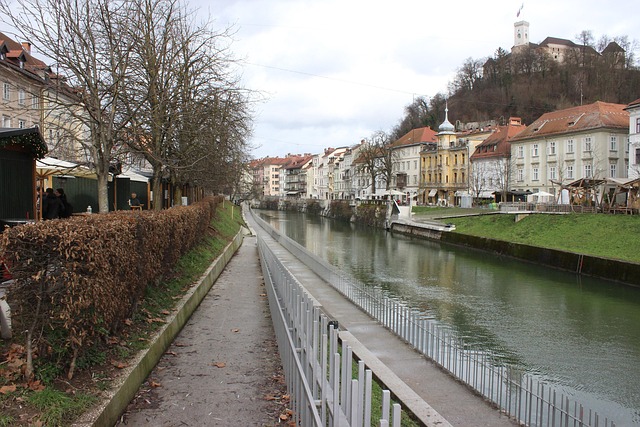
Karachi, the economic heartbeat of Pakistan, is a city that epitomizes diversity and stark disparities. As a bustling metropolis, it plays host to a vibrant mix of industries, from finance and trade to manufacturing and technology, making it one of the most important economic centers in South Asia. The city’s economy is characterized by both towering skyscrapers housing multinational corporations and sprawling slums, highlighting an intense income gap. This dichotomy shapes the cost of living, with luxury neighborhoods boasting expensive real estate and high-end amenities, while many communities struggle with poverty and limited access to basic services.
The economic landscape of Karachi is further complicated by factors such as inflation, unemployment, and a lack of affordable housing. These challenges contribute to a complex web of social issues, affecting the quality of life for its diverse population. Despite these disparities, Karachi remains an attractive destination for businesses and entrepreneurs, driven by its strategic location, vast market potential, and role as a regional trade hub, making it a fascinating case study in urban economic dynamics.
Understanding the Falaknaz Dynasty: Rise, Rule, and Influence in Karachi's History
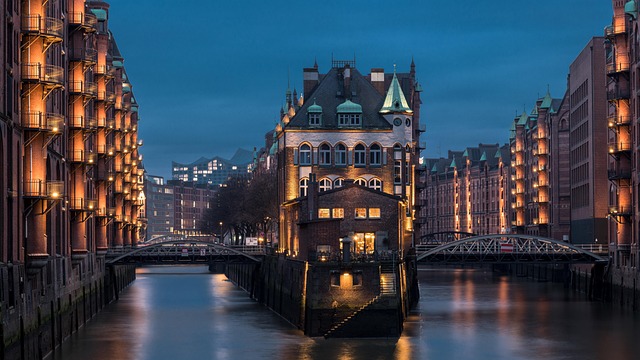
The Falaknaz Dynasty, a significant chapter in Karachi’s history, emerged as a powerful force from the mid-18th century onwards. This era was marked by the rise of several influential families who shaped the city’s political and social landscape. The dynasty’s rule witnessed Karachi’s transformation from a small coastal trading post to a bustling metropolis, with its unique blend of cultures and traditions.
The Falaknaz rulers, known for their visionary leadership, played a pivotal role in the city’s development. They fostered trade, encouraged cultural exchange, and left an indelible mark on Karachi’s infrastructure. Their influence extended beyond governance; they were patrons of art, literature, and education, contributing to the rich tapestry that is Karachi today. This period is a testament to the city’s resilience, growth, and vibrant history, with the Falaknaz Dynasty leaving a lasting legacy in the heart of Pakistan’s most populous metropolis.
Cost of Living Dynamics: Housing, Food, Transportation, and Utilities in Focus

In Karachi, a city known for its bustling streets and vibrant culture, the cost of living is a dynamic factor influenced by various sectors. Housing prices in this metropolis can be steep, with rental costs varying based on location and amenities. The real estate market here is ever-changing, reflecting economic trends and global influences.
Food expenses also contribute significantly to the city’s cost of living. Karachi offers a diverse culinary landscape, from street food havens to upscale restaurants, each presenting its own price points. Transportation adds another layer; while public transport options are available, many residents opt for private vehicles due to convenience, leading to varying costs depending on fuel prices and vehicle maintenance. Utilities, including electricity and water, can fluctuate based on seasonal demands and infrastructure updates, further impacting the overall living expenses in this dynamic city like Karachi.
Challenges and Opportunities: Navigating the Complexities for Residents and Policymakers
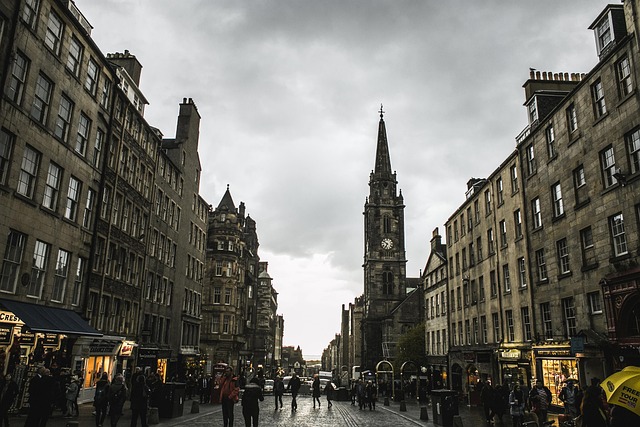
In Karachi, the cost of living within the Falaknaz Dynasty presents both significant challenges and opportunities for residents and policymakers alike. The city’s rapid urbanization has led to a surge in demand for housing, utilities, and basic services, exacerbating economic pressures on low- and middle-income families. Access to affordable healthcare, quality education, and reliable transportation remains a contentious issue, with rising costs outpacing wage growth.
However, these complexities also offer opportunities for innovative solutions. Policymakers can leverage technology to streamline public services, enhance transparency, and improve efficiency. Initiatives aimed at promoting sustainable urban development, such as green spaces and eco-friendly infrastructure, can not only mitigate environmental concerns but also contribute to a more livable and resilient city. By fostering partnerships between the private sector, non-profits, and local communities, Karachi can tap into diverse resources to address pressing issues and create a better quality of life for its residents.
Karachi’s complex economic landscape, characterized by both diversity and disparities, is intricately woven with the historical threads of the Falaknaz Dynasty. Understanding their rule provides valuable context for the city’s current cost of living dynamics, particularly in housing, food, transportation, and utilities. While challenges remain, recognizing the interplay between history and modern-day complexities empowers residents and policymakers alike to navigate and shape a more equitable future for Karachi.

